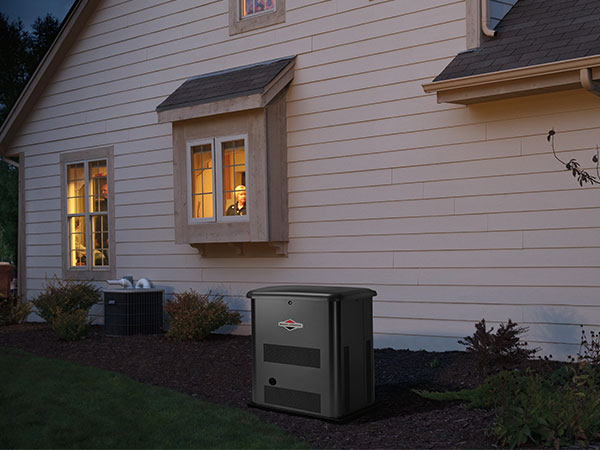Let’s talk about the National Electrical Code (NEC). It’s the foundation of installation, our guiding principle, the scripture of our industry — and your best friend when it comes to sizing standby generators.
Since 1897, the NEC has provided practical guidance on how to safely install electricity in residential, commercial and industrial occupancies. The NEC also moonlights as a sizing tool that can help you save your customers money.
Bigger isn’t always better
A common misconception is that every house or business needs the largest generator possible to keep it running during a power outage. Bigger is better, right? Not so, according to Article 220 in the NEC.
Oversizing a generator to ensure your customer always has more than enough power is inefficient and costly. Right-sizing the unit for your customer’s exact needs benefits them both upfront and in the long run. It also positions you as a knowledgeable partner working in their best interest. But how do you do that?
Sizing tips and tricks
While understanding the code is an important first step when it comes to sizing, understanding how your customer plans to use the equipment is a close second.
When sizing for a residential or commercial application, you can start with the basics, such as square footage, appliance and HVAC system usage. But you can also go to the source — the electric company. With the home or business owner’s approval, you can gather information on their peak electrical demand, which can provide valuable insight into what their power needs are.
For example, if you’re sizing a commercial building by simply using a load calculation, you may be fooled. If the building was built for a tech company, but now an insurance company uses the space, it could be drawing power in a completely different way than how the building design originally intended. By pairing a load calculation with the demand factor, you can truly get to the heart of your customer’s power usage and needs.
Generate knowledge
Yes, the NEC isn’t news to you. But diving a little deeper into the code can help you become more comfortable using it to size generators. Briggs & Stratton Standby Power offers training courses that can help further familiarize you with the NEC.
Once you’re an NEC pro, you’ll have the knowledge and power to effectively right-size generators for your customers. This is important, because when you oversize, you limit sales. The largest unit may not always be in your customer’s price range, so right-sizing a more economical unit allows you to get more people in the game. Further, the proper size for your customer’s home or business will ensure proper performance during a power outage.
For more information, click here.




